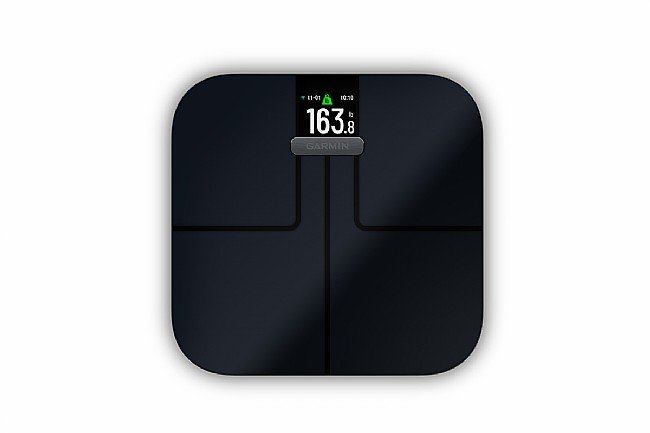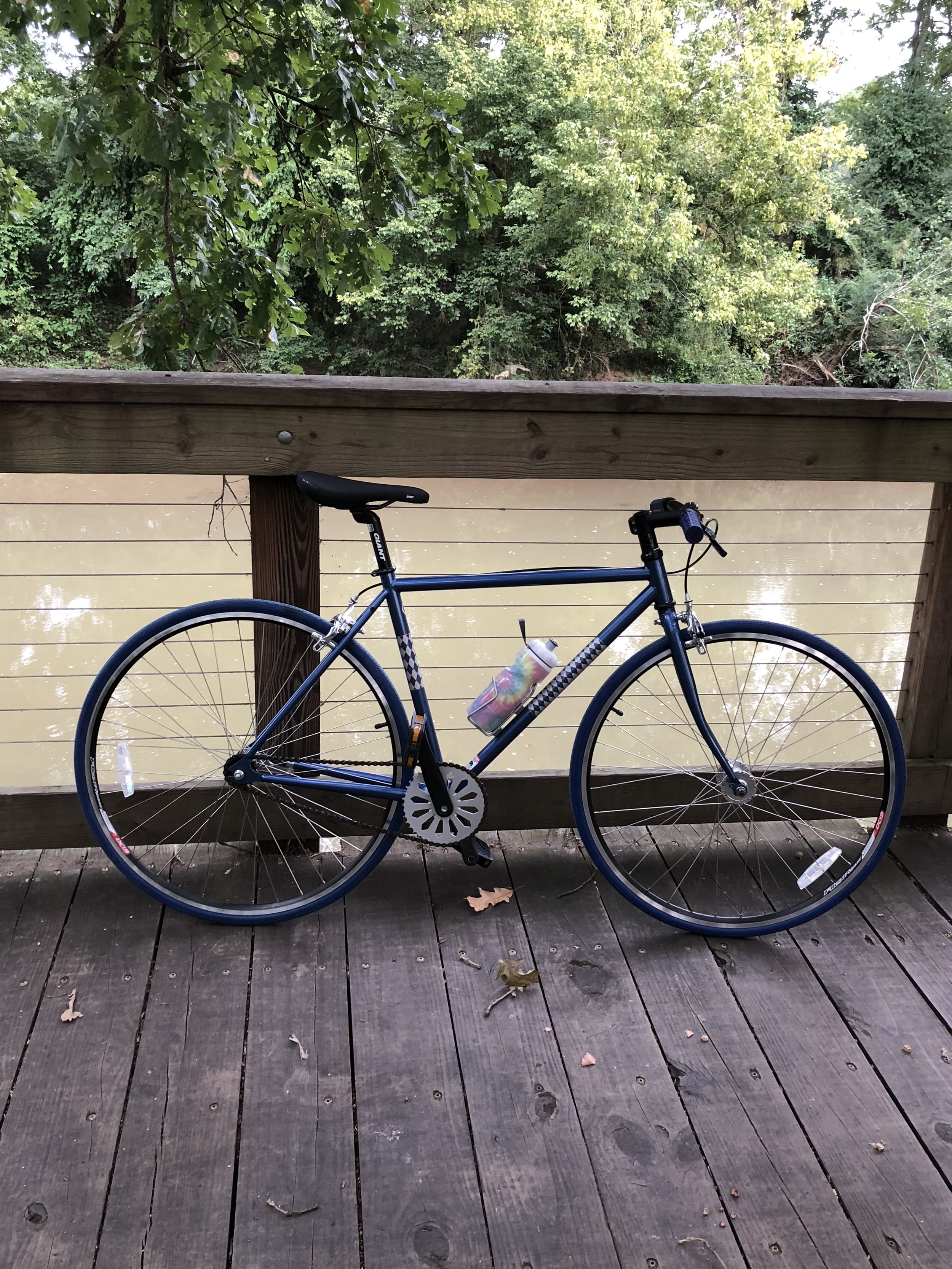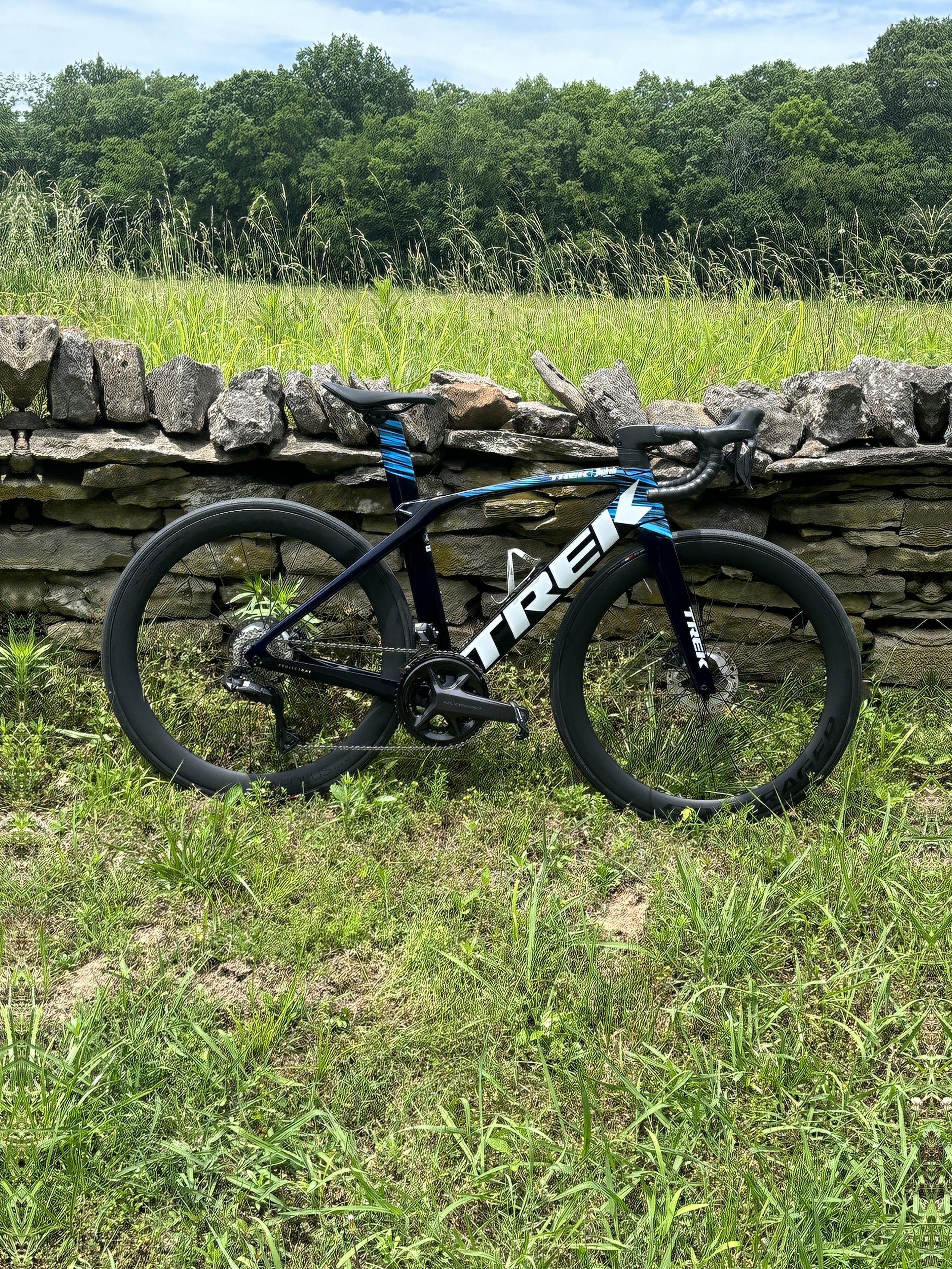I joined Mottiv to take a look at the free trial of the premium version and to test out the free version to see what features are in each and whether I would prefer this compared to hiring a coach, buying a training plan, or writing my own training. I made a video about my experience talking about the workouts, my thoughts, and how they went when I did try a few, and this post is going to be more about what you get by choosing to use Mottiv.
Mottiv is an endurance sport training application developed by Taren Geselle (Triathlon Taren now Taren’s Mottiv Method). The most similar application I’ve found is TriDot, but I have not tried it, so I cannot give a head-to-head comparison of the two. Mottiv offers two different tiers, a paid subscription, premium for $19.99/month or $179.99/year, and a free version. The free version allows you to train for one race at a time and cannot be paired with other apps, such as TrainingPeaks, Strava, and Garmin Connect. The paid version allows you to sync workouts across apps, view training stats, and will help you calculate your training zones. I had access to the premium version for the two week free trial and then I was on the free version, so I could see both.
At first glance, the app has a nice look and feel, and it is very interactive, so if you’re looking for something that offers a training plan and social media all in one, this is your app. There is a section called “MOTTIVator Feed”, which resembles a hybrid of Facebook when I was in high school and we still had a wall and a feed of every single person we were friends with and Twitter before every other post was an ad. I didn’t spend too much time on this feature, since I am not looking for that, but I felt it was important to cover, because for people training alone the community piece can be important.
I have bought training plans and worked with a coach before, and the place I would say Mottiv wins against the training plan is setting the start point for time/distance. When looking for a training plan, you have to carefully read each one to see what the minimum distance you should be able to do is before starting, but with Mottiv it was nice that it started nice and low and didn’t ramp up too quickly. On the other side of this though, I said I could train 9 hours a week, and I felt like it had too many workouts. I would combine the strength and yoga workouts into two strength workouts, and cut down to three runs, since the time to get to where I run adds thirty minutes. I wish running any given day was as easy as just putting on shoes and going out the door, but it isn’t. This is where I like a training plan, because they will give a sample week, so I can see the volume and number of workouts to see if it works for me.
I explain my problems with the strength workouts themselves in my YouTube video on the subject here, so I want to focus more on the other workouts in this post. Aside from the length, I really enjoyed the workouts I chose to do. I experienced both shorter high intensity intervals in the run and bike workouts, and I also had the opportunity to do some steady state workouts while running and cycling. I thought the mix between high and low intensity was ideal for training, but I would like to see some longer weekday bike workouts during the baseline phase instead of only thirty to thirty-five minutes.
Overall, I think the workouts are well written, but I would like to see more variety in the baseline workouts as far as the number of different workouts available. If you’re looking for a basic plan with guided yoga and strength workouts, this is a great option for you, but I would rank it just below the workouts in the 80/20 Triathlon maintenance plan I have also used, just because that plan offers more progression.























